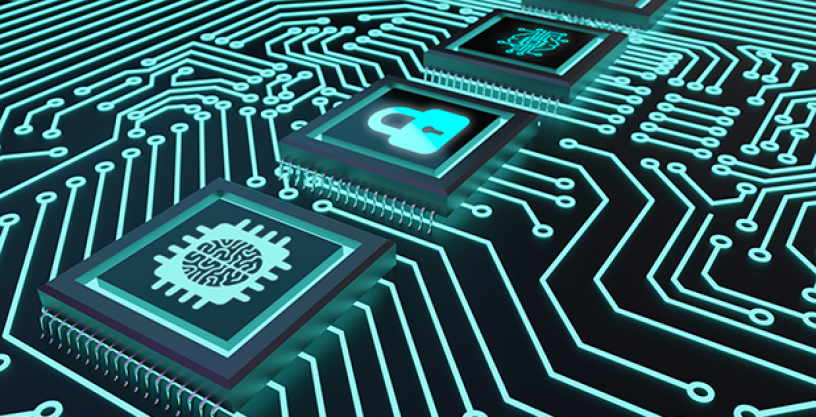Summary
The Joint University Microelectronics Program 2.0 (JUMP 2.0) program will drive long-range innovations in information and communication technologies (ICT). This program ispart of a collaboration led by the Semiconductor Research Corporation to address existing and emerging challenges in information and communication technologies.
Continuing a 25-year history of partnership between DARPA, the Semiconductor Research Corporation (SRC), and industry, JUMP 2.0 supports academic research centers focused on ICT grand challenges through a new public-private collaboration. The goal: disruptive research that will keep the United States at the forefront of microelectronics.
As a critical part of the DARPA Electronics Resurgence Initiative, JUMP 2.0 seeks to revolutionize performance, efficiency, and capabilities across a range of electronics systems. Novel materials, devices, architectures, algorithms, designs, integration techniques, and other innovations are at the heart of problem-solving for next-generation information and communications challenges.
DARPA, along with SRC and more than a dozen companies from the commercial semiconductor sector and the defense industrial base, will co-manage high-risk, high-payoff research spanning seven thematically structured, university-led centers.
These defined interests, spurred by an increasingly connected world and a rapidly changing microelectronics landscape, will centralize long-term, pathfinding research aimed at breakthroughs applicable across defense and academia.
Each multidisciplinary center will focus on one overarching research theme identified as key to addressing emerging technical challenges.
The center themes and lead universities are:
- Cognition: Next-generation AI systems and architectures (Center for the Co-Design of Cognitive Systems, Georgia Institute of Technology)
- Communications and Connectivity: Efficient communication technologies for ICT systems (Center for Ubiquitous Connectivity, Columbia University)
- Intelligent Sensing to Action: Sensing capabilities and embedded intelligence to enable fast and efficient generation of actions (Center on Cognitive Multispectral Sensors, Georgia Institute of Technology)
- Systems and Architectures for Distributed Compute: Distributed computing systems and architectures in an energy efficient compute and accelerator fabric (Evolvable Computing for Next Generation Distributed Computer Systems, University of Illinois Urbana-Champaign)
- Intelligent Memory and Storage: Emerging memory devices and storage arrays for intelligent memory systems (Center for Processing with Intelligent Storage and Memory, University of California San Diego)
- Advanced Monolithic and Heterogenous Integration: Novel electric and photonic interconnect fabrics and advanced packaging (Center for Heterogeneous Integration of Micro Electronic Systems, Penn State)
- High-Performance Energy Efficient Devices: Novel materials, devices, and interconnect technologies to enable next-generation digital and analog applications (SUPeRior Energy-efficient Materials and dEvices or SUPREME, Cornell University)

